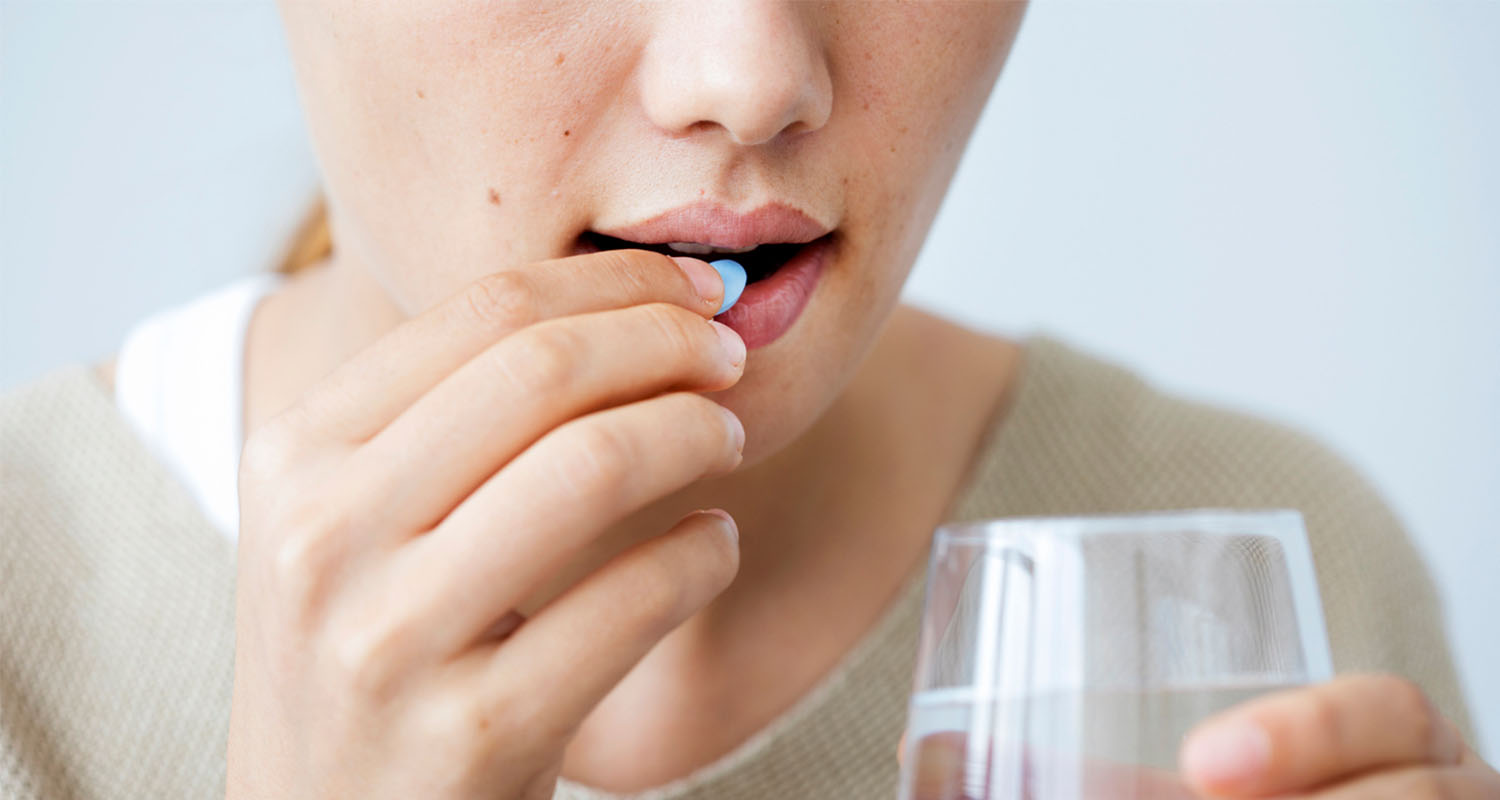Today we welcome guest author Rochelle Weitzner, Pause™ founder & CEO. Weitzner is a seasoned C-suite executive and beauty industry veteran. She was the CEO of Erno Laszlo, CFO of Laura Mercier & Revive Skincare and spent the 19 years before that with International Paper in various SVP finance roles for $1+ billion businesses within IP.
Menopause Wreaks Havoc on Your Skin: Here’s What to Do About It
Before jumping right into skin changes that accompany menopause, it’s important to first understand menopause itself.
What is menopause?

Typically, around age 45, you’ll start noticing changes in your body that signal that menopause is coming. If it happens before you hit 40, it’s called premature menopause. Premature menopause can happen as a result of chemotherapy, radiation treatments, autoimmune, or thyroid diseases and sometimes fertility treatments.
There’s also something called surgical menopause, which is what happens immediately after any procedure that removes the ovaries. Having a hysterectomy – the removal of the uterus – doesn’t automatically result in surgical menopause. (Your ovaries and uterus would both need to be removed for surgical menopause to occur.)
While natural menopause happens over the span of several years, surgical menopause is immediate. The abrupt disruption of hormones can make typical menopause symptoms like hot flashes, mood swings, brain fog, and memory loss more severe than when it occurs naturally.
The 3 phases of menopause: perimenopause, menopause, and post menopause

Phase 1: Perimenopause
Perimenopause, or menopause transition, is the first phase and lasts on average 7-10 years before full-on menopause. This is when symptoms tend to be the most intense due to the extreme fluctuation in estrogen. Skin changes are the most pronounced during perimenopause.
These changes include:
- Loss of tone and change in texture
- Thinner skin
- Loss of collagen
- Loss of elasticity
- Excessive dryness
- Acne due to the overproduction of oil and sebum by the sebaceous glands that no longer have estrogen to keep them in check
Phase 2: 24 hours of menopause
Phase two is what’s officially known as menopause. At this stage, the ovaries have stopped releasing eggs and producing most of their estrogen. Once you’ve gone 12 full months without a period, the very next day you’re officially in menopause. Menopause lasts just one day — every day after is called post menopause.
Phase 3: Post-menopause
Phase three is called post menopause. It begins the day following menopause and is the third and final phase. The bad news is, this part lasts for the rest of your life. You may be done with your period, but you’re never actually “done” with menopause. This sounds a bit terrifying, but with a little extra care, you can look and feel incredible throughout post-menopause.
Change your hormones, change your skincare routine

Skincare products for menopause
The products that may have worked for you in the past may seem like they no longer do anything. You’re not going crazy – this is because of the hormone changes and resulting changes to your skin.
Production of collagen, the structural support net in our skin, slows as we age. It’s really important to find a deeply hydrating day-and-night moisturizer that helps to spark collagen production, with a focus on increasing skin density and improving elasticity during the three stages of menopause. Pause developed a Collagen Boosting Moisturizer to be nourishing enough for dry skin but light enough to be worn under makeup. Ingredients were selected to work together to boost cell turnover, stimulate collagen production, and moisturize the skin.
With your hormones changing, you may also notice excessive dryness and/or oil. You may be tempted to go back to that spot treatment that worked for you as a teenager or an aggressive scrub, but you need to be more careful about drying out your skin. Instead of going straight for benzoyl peroxide or salicylic acid, look for gentler alpha-hydroxy acids that can provide non-abrasive exfoliation. Serums or masks with gentle yet effective ingredients will become your go-to products, such as:
- Bromelain (from pineapples)
- Papain (from papaya)
- Willow bark
- Lactic acid
Foods to keep skin young
We work from the outside in to improve skin and tissue health with topical products (moisturizers, serums, etc.) but we shouldn’t forget to address what happens from the inside out. Research shows that for some, foods with a high glycemic index such as dairy, white bread, even watermelon could change the composition of skin’s oil secretions, making them stickier and more likely to clog pores.
Foods such as leafy greens, oysters, chickpeas, and cashews that help reduce inflammation in the body can do the same for your skin, helping to prevent visible signs of aging. Your skin is getting nutrients from what you eat, so if your body is feeling good, chances are your skin will benefit too. Before making any drastic diet changes, it is always best to consult with your doctor.
Facial massage to boost collagen
Another great way to target skin health from the inside out is with massage tools. However, not all massage tools are created equal. The purpose of facial massage is to boost circulation and encourage improved cellular function – increased collagen and elastin production. Facial massage should never hurt, leave you red, irritated, or cause any abrasions to the skin.
We worked with a Doctor of Physical Therapy who specializes in instrument assisted soft tissue mobilization (IASTM) to patent an FDA-cleared Class 1 medical device made of medical grade stainless steel. Our Fascia Stimulating Tool has a very specific shape and beveled edge that is engineered to stimulate fibroblasts, collagen-producing cells within the fascia connective tissue, without causing discomfort or irritation.
Research suggests that external skin stimulation can reach beyond the surface to the subdermal level. Gentle stroking with The Fascia Stimulating Tool may improve blood ?ow, support cell turnover, remove waste, boost collagen production, and optimize overall skin nutrition—which can help minimize sagging and enhance volume and elasticity.
Menopause skin fluctuations eventually calm down, but a great skincare routine will help preserve tone, texture, brightness, and overall skin and tissue health throughout the 3 phases of menopause.
For more information about Menopause, tools/products available to offset the effects of menopause and the story of Pause Well Aging, visit the site here.



 Buses and airplanes surprisingly have a similar carbon output per passenger. According to the
Buses and airplanes surprisingly have a similar carbon output per passenger. According to the  Sometimes, there’s no way around flying, and you have to get from the airport to your destination. When using rideshare apps, choose a shared vehicle to reduce your impact. Lyft makes donations to off-set the carbon output, which makes each ride carbon-neutral.
Sometimes, there’s no way around flying, and you have to get from the airport to your destination. When using rideshare apps, choose a shared vehicle to reduce your impact. Lyft makes donations to off-set the carbon output, which makes each ride carbon-neutral.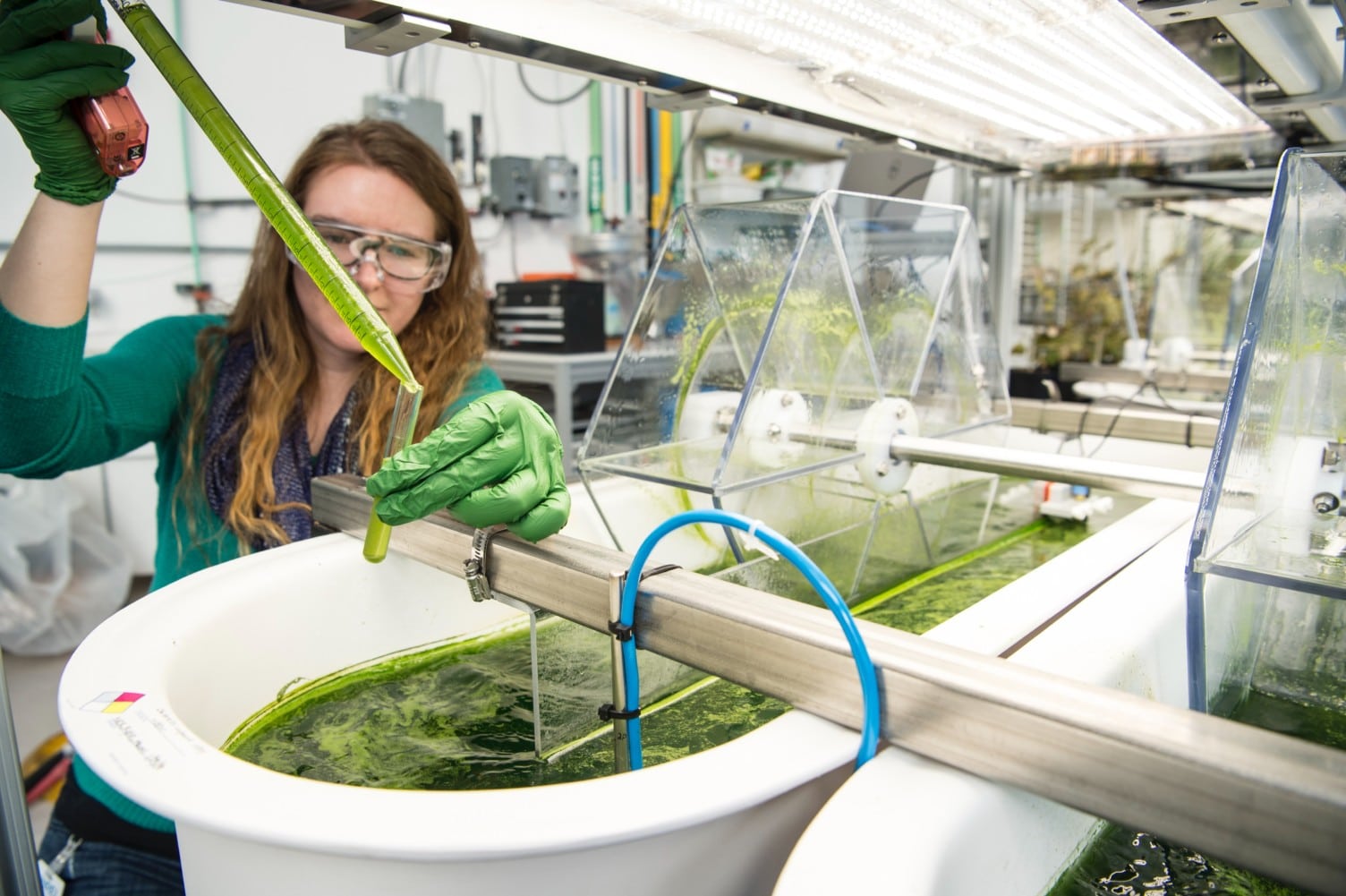 Sometimes, because of time or financial constraints, you have to travel in ways that aren’t the most climate-friendly. That doesn’t mean you’re powerless, though. A sustainability project called It Must Be NOW has developed a carbon off-set tool that allows you to calculate the environmental impact of your travel. Then, it gives you ways to invest in carbon off-set projects to help reduce your impact. You can
Sometimes, because of time or financial constraints, you have to travel in ways that aren’t the most climate-friendly. That doesn’t mean you’re powerless, though. A sustainability project called It Must Be NOW has developed a carbon off-set tool that allows you to calculate the environmental impact of your travel. Then, it gives you ways to invest in carbon off-set projects to help reduce your impact. You can  Hotels run a lot of electricity and gas. They have to keep common area lights on 24/7, they have to heat enough water for every room whether people use it or not, the washer and dryer are running nonstop… it all adds up.
Hotels run a lot of electricity and gas. They have to keep common area lights on 24/7, they have to heat enough water for every room whether people use it or not, the washer and dryer are running nonstop… it all adds up. It’s becoming more and more common for travel companies to set and work toward sustainability goals. Because the travel industry is the 5th largest polluter of carbon in the world today, this is the area where real change can happen.
It’s becoming more and more common for travel companies to set and work toward sustainability goals. Because the travel industry is the 5th largest polluter of carbon in the world today, this is the area where real change can happen.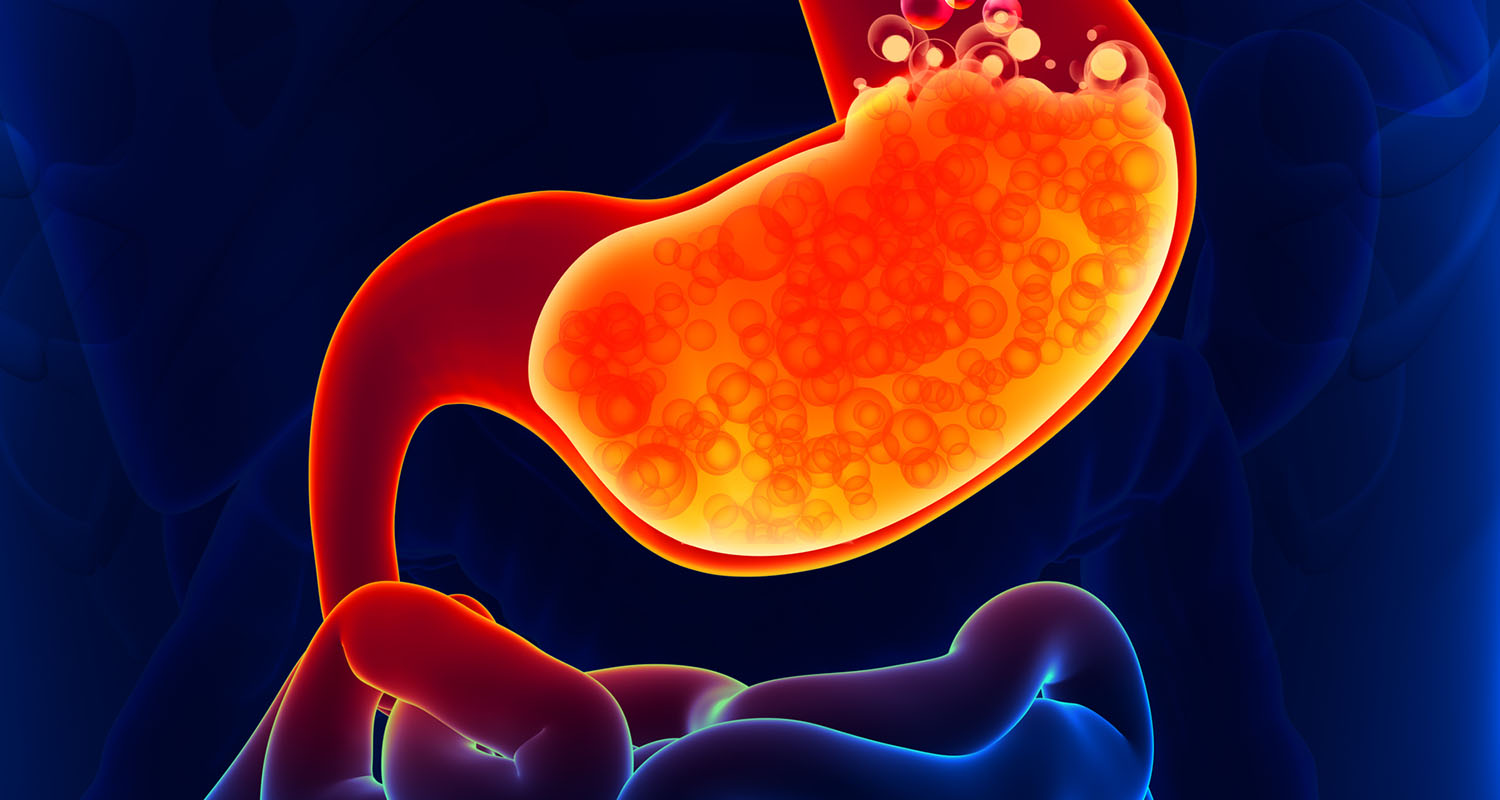 Let’s take a step back first. Remember when the buzz was that cruciferous vegetables (like broccoli, cabbage, cauliflower, etc.) help prevent breast cancer? That’s because they contain a compound called indole-3-carbinol. When indole-3-carbinol hits your stomach acid, a chemical reaction converts it to diindolylmethane (DIM), and that’s what works its magic.
Let’s take a step back first. Remember when the buzz was that cruciferous vegetables (like broccoli, cabbage, cauliflower, etc.) help prevent breast cancer? That’s because they contain a compound called indole-3-carbinol. When indole-3-carbinol hits your stomach acid, a chemical reaction converts it to diindolylmethane (DIM), and that’s what works its magic.
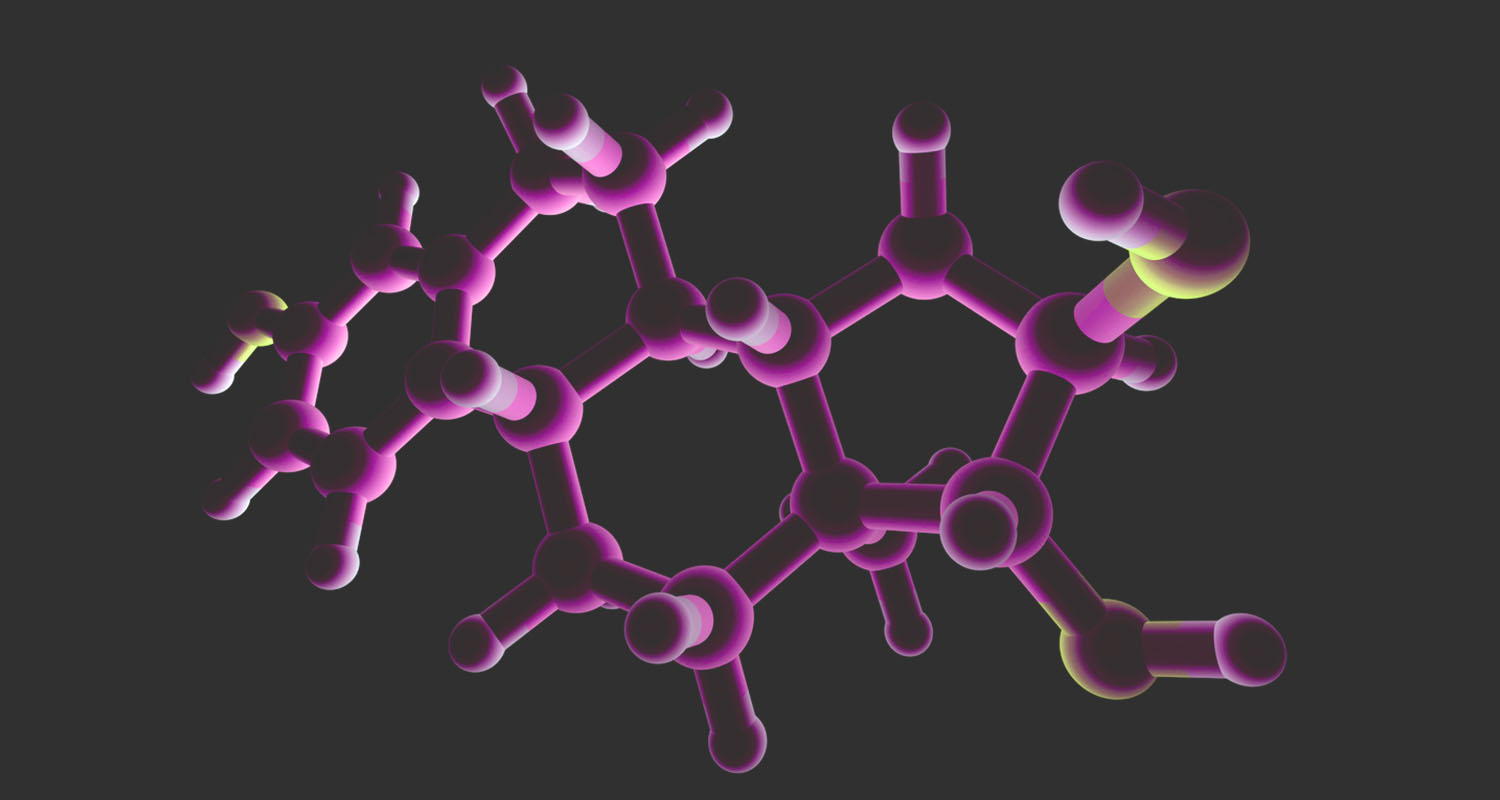
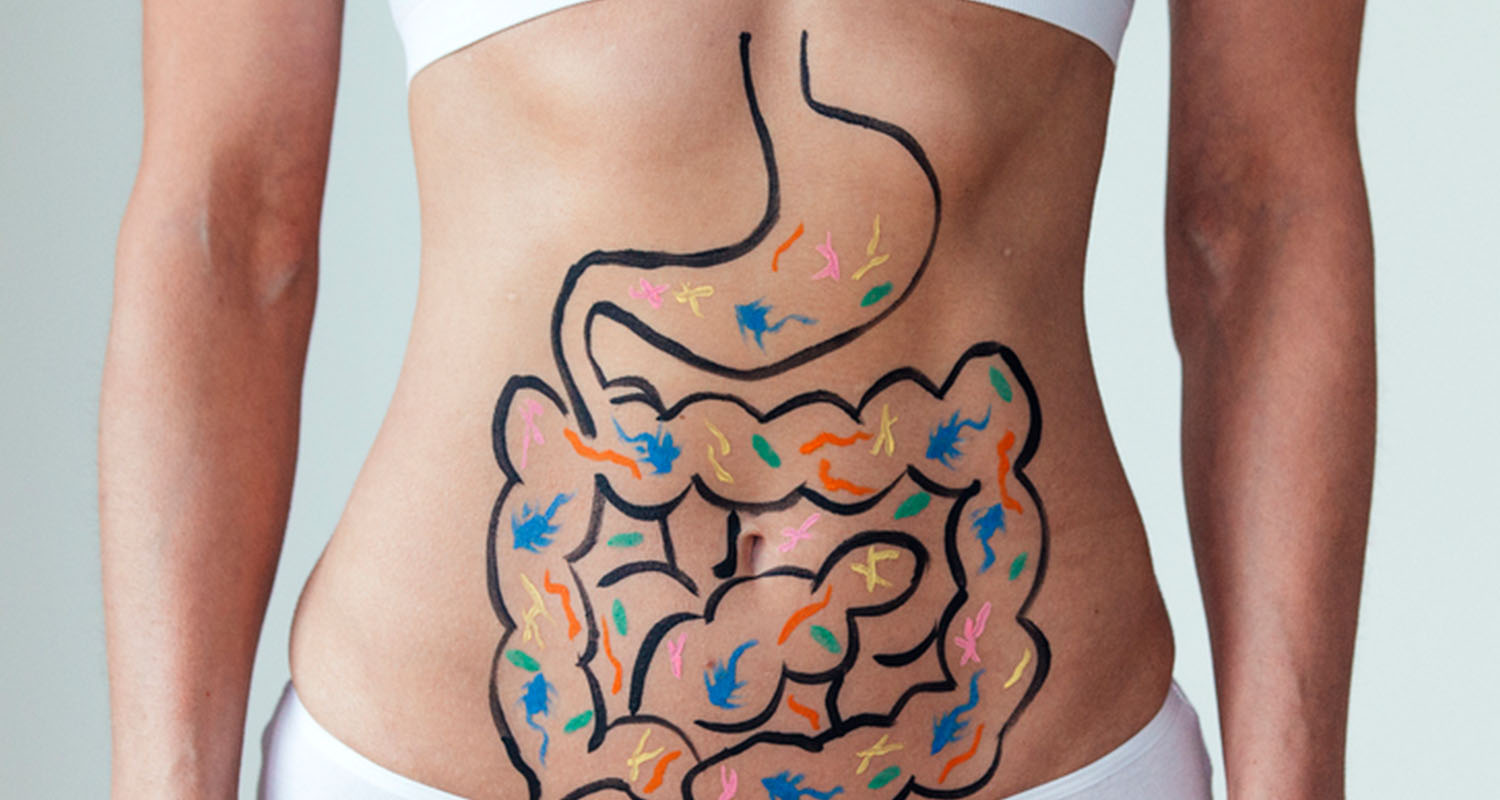

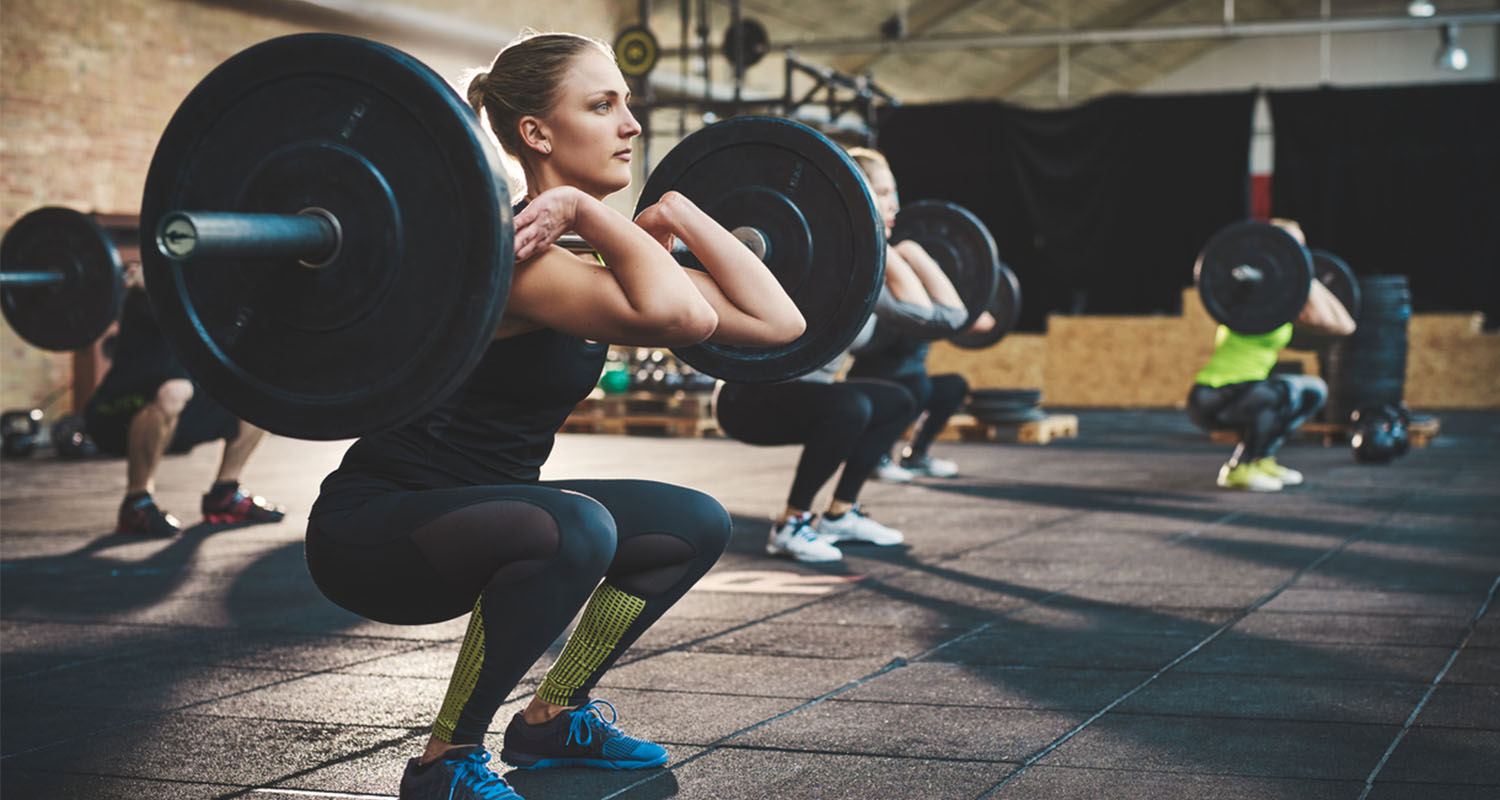


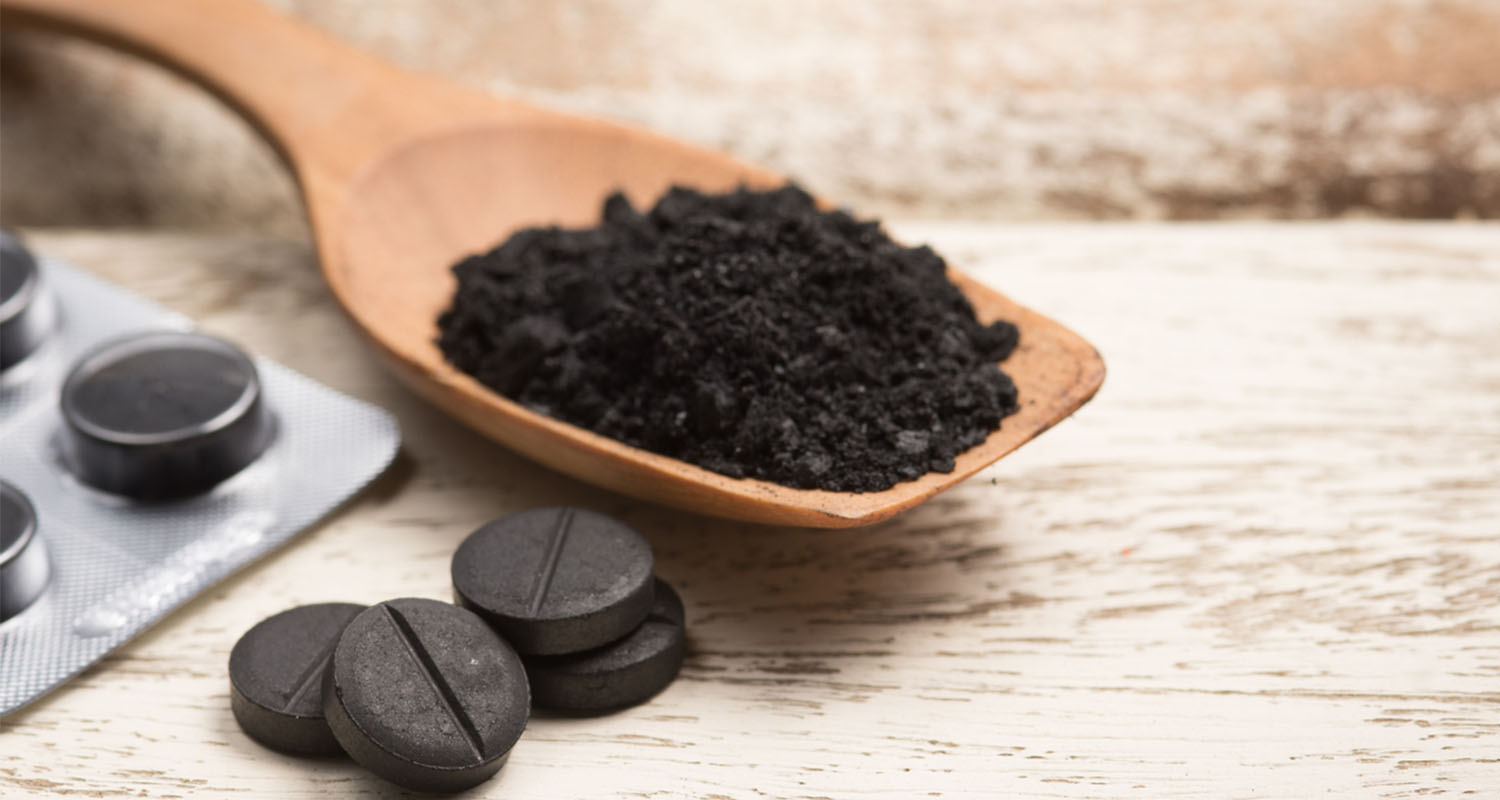 Here’s how you can get the ick out ASAP:
Here’s how you can get the ick out ASAP: